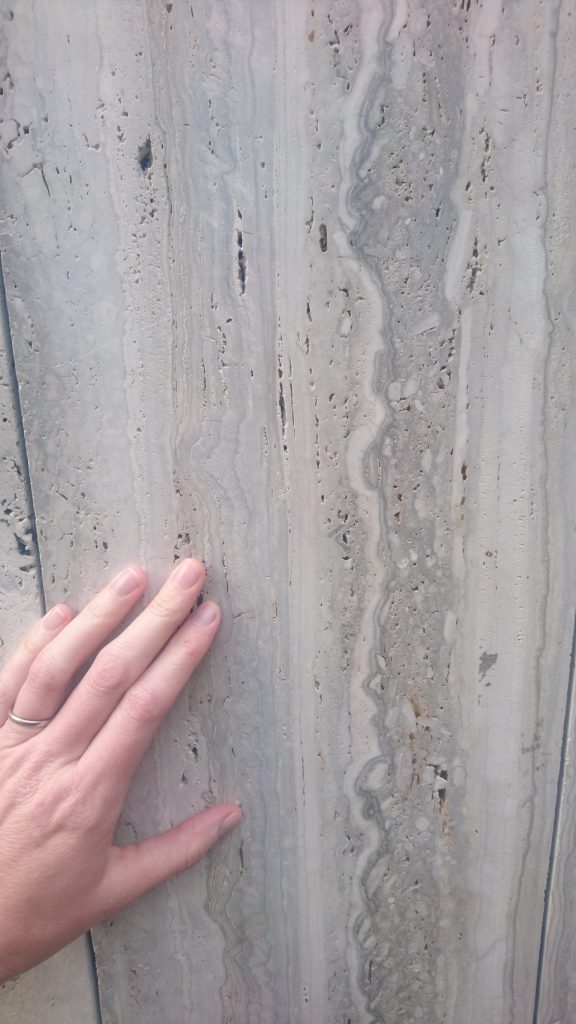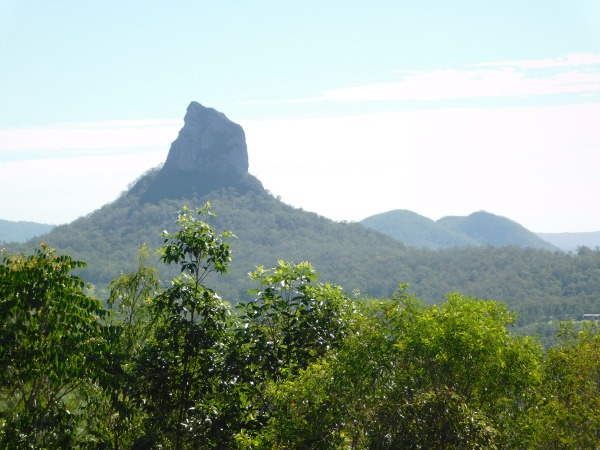
A few weeks ago, I put up a blog post about a Gold Mine Hike at Mount Coot-tha in Brisbane, Australia. I wrote that the gold was found in meta-sedimentary rocks, but I didn’t show any good pictures of the rocks. This is because the rocks are highly weathered and also mostly covered with vegetation in the area where the hike is located.
This morning I went with my family to the Brisbane Botanic Gardens at Mount Coot-tha and noticed that many of the building stones used throughout the gardens are blue-gray meta-sedimentary rocks that are locally sourced from Mount Coot-tha Quarry. You can still make out the original sedimentary layers in many of these rocks, which are hornfels metamorphic grade. They were cooked by the intrusion of the Enoggera Granite. The meta-sedimentary rocks make lovely and also very durable building stones. They also make good road aggregate. Here are a couple of pictures of them in use in the gardens:


Building stones sourced from Mount Coot-tha Quarry are used as decorative building stones in many places throughout Brisbane. I’ll share more pictures in another blog post in future.
What about the gold associated with these rocks? Well, I bet that if you analyzed the rocks in the above wall they would have elevated gold concentrations compared to typical meta-sedimentary rocks. However, their gold concentrations would not be that elevated. The gold grades in these Mount Coot-tha rocks are known to be low and patchy — that’s why gold mining was intermittent and relatively small-scale on the mountain. And that’s why the rocks are sold as building stones and road aggregate — they have value there, even if they’re not worth processing for gold.




































